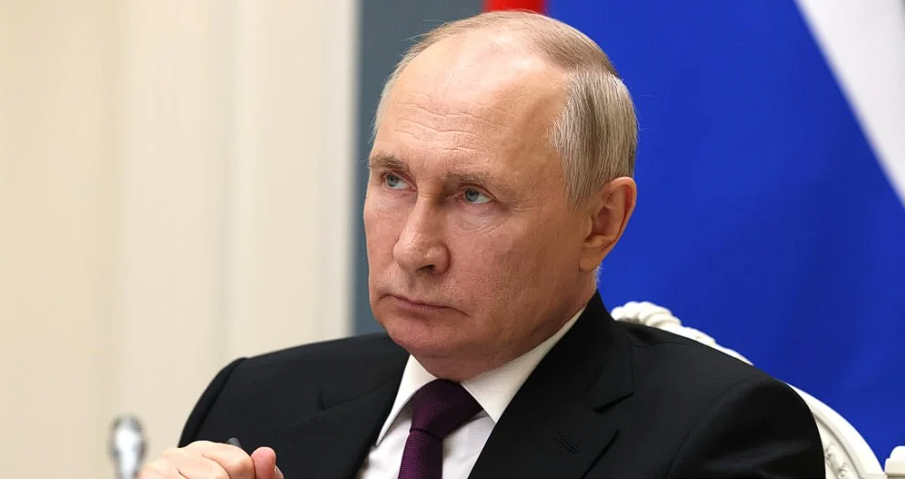Shipping prices soar as China tightens logistical screws on Russia and Belarus, revealing deeper trade tensions and container shortages.
Others are reading now
According to a recent report from Infotrans Media Belarus, the cost of shipping goods from China to Russia and Belarus has seen a substantial increase.
Direct rail freight rates are up by $500 to $800 depending on the destination, while ocean freight rates have surged by $800 to $1500.
The Reasons Behind the Spike
The decision to raise prices was made by Chinese authorities.
The primary reasons cited by shipping companies include a notable decrease in the availability of free containers in China and significant congestion at the borders.
Also read
These logistical bottlenecks have led to a scarcity of available slots on ships, with current bookings only open for the end of the current month and the beginning of June.
The Container Conundrum
Adding to the complexity of the situation is the behavior of Russian companies regarding Chinese shipping containers.
It has been reported that these containers are increasingly being scrapped for metal in Russia.
This is economically more viable than returning them, given the profits from metal collectors.
This practice has exacerbated the shortage of containers, as roughly 150,000 containers from China have reportedly accumulated in Russia as of September 2023.
This buildup reflects a significant trade imbalance, where containers that deliver Chinese goods find no return cargo, rendering them idle.
The Bigger Picture
This development not only impacts the trade dynamics between China, Russia, and Belarus but also reflects broader logistical challenges that affect global supply chains.
The decision by Chinese shippers to increase rates could be seen as a move to manage or mitigate the losses associated with logistical inefficiencies and the unavailability of containers. As countries and companies navigate these complexities, the ripple effects could be felt across various sectors reliant on these trade routes.
This increase in shipping costs is a vivid reminder of the delicate balance required to maintain and manage international supply chains, especially in a world where economic and logistical realities can change rapidly.


